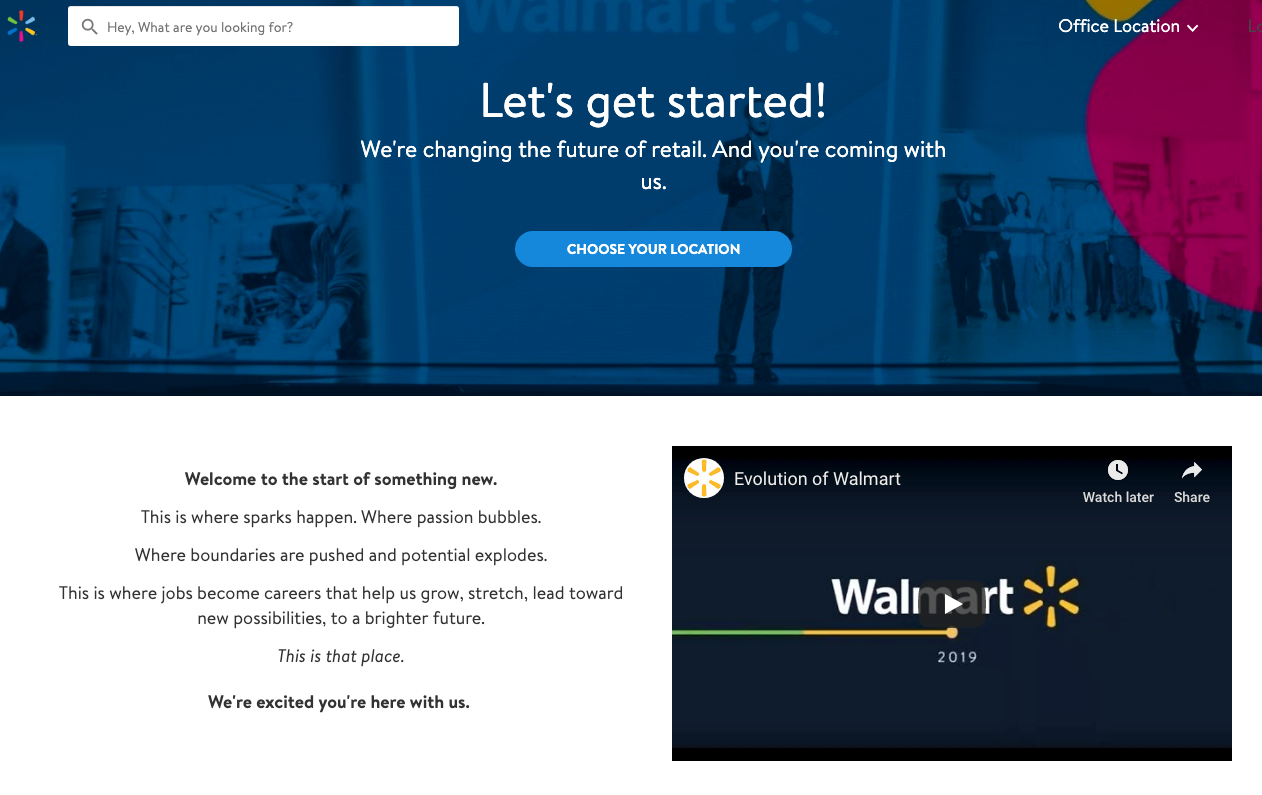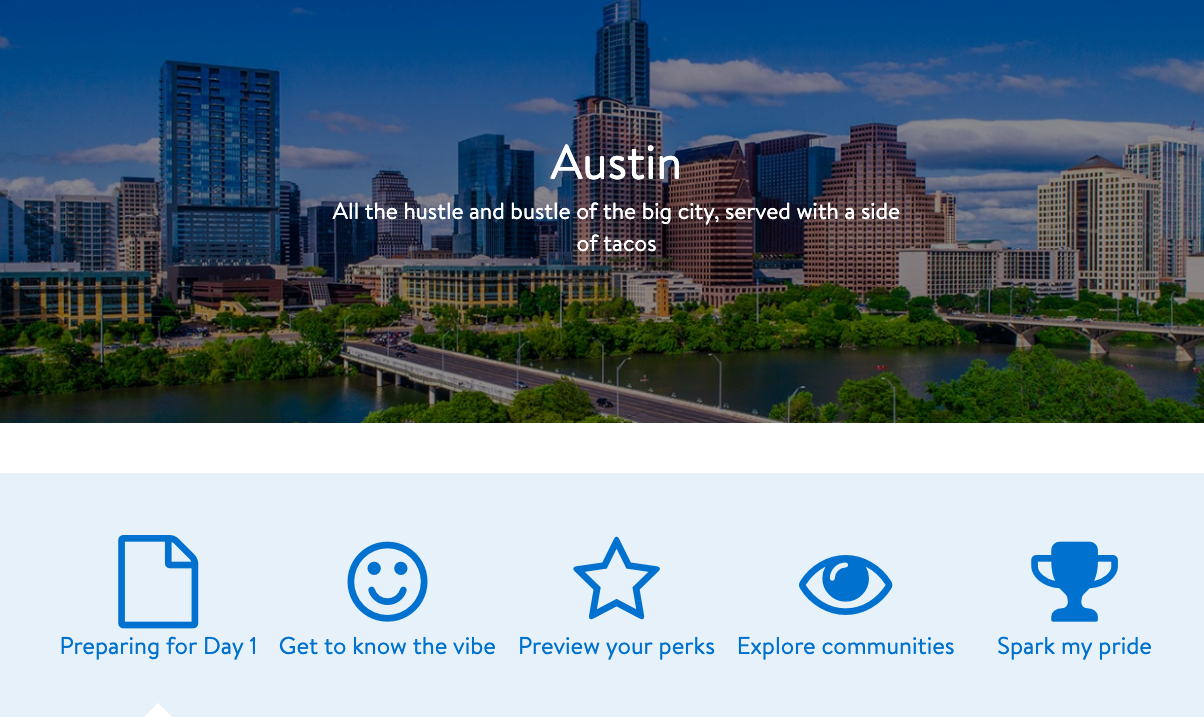There’s a war for talent raging on. Sure, it’s tempting to celebrate every time a candidate accepts an offer, but what if by the time they walk through the door, you’ve already missed an opportunity to help them adapt and integrate into the company?
In today’s age of hiring, we know that having a comprehensive recruiting and onboarding experience for new hires can significantly impact their future with your company. That’s particularly important in a competitive market, where retention rates are dropping. According to Glassdoor, 66 percent of Millennials plan to leave their employers next year.
Between setting up the tech, acclimating to the team, and really settling into the workflow, crucial context around company culture and history often fall through the cracks. That’s a missed opportunity to tell a resonant story that truly makes the new hire feel like they belong. According to one report, an astonishing 61 percent of new hires receive no training whatsoever regarding company culture.
As a Product Manager on the People Experience team at Walmart, I’m experimenting with a new way to help preboard our associates (AKA employees) so that they’re ready and eager to hit the ground running on Day 1. Our goal? Build a digital portal that:
- Highlights our company culture and history for new hires
- Reinforces our Associate Value Proposition
- Serves as a template and unifier for our various brands and office locations that can be tweaked to their specific needs
Where do we start? Early insights that helped shape our strategy

Our mission is to create an empowering experience for our associates that transcends the typical feeling of merely starting a job. However, at an organization with 2.3 million people globally (no, that’s not a typo), alongside dozens of brands, subsidiaries, and offices, and onboarding programs, that’s rarely a straightforward task.
The first step was to understand what was working and what wasn’t, and the only way to truly understand was to go straight to the source. By interviewing and observing new hires, we learned how to successfully craft a preboarding solution, with lessons that any organization can adapt to their future workforce. Here are a few key insights we uncovered in our sessions.
A-ha! Moments that helped shape our strategy
After collecting feedback from dozens of new hires, we started to notice a few key themes in each session:
Streamlining design and content across onboarding sites can prevent confusion. Prior to our design and launch, each office location had provided new hires with varying and sometimes conflicting information prior to their first day, creating a fragmented experience across the enterprise. How the information was delivered, was also inconsistent– from learning management systems, to emails, to PDF’s, making the experience holistically unmeasurable. Crafting a template that could be used by any brand under the Walmart flag using our new launched employer content management and design system would help solve for inconsistencies across the board.

Providing some key facts before orientation could help alleviate first-day jitters. We uncovered pain points and pinpointed anxieties associated with beginning a new job during interview and feedback sessions. Some of the insights that surfaced included how to get to the office, what to expect on the first day, dress code for the office, and the company culture and individual office vibe. By providing these few key facts before a new hire’s first day we found an opportunity to drastically reduce miscommunication and ease our new hires’ fears of the unknown.
We listened, built, and iterated. How are we doing so far?
We recently launched our comprehensive template for preboarding that includes a variety of modules, ranging from previewing benefits to exploring an office vibe. There’s still so much work to do and we’re excited about upcoming improvements, but the initial results are promising and are already showing an impact with our associate-first approach.
For example, after new hires were polled, they graded the site at an average of 4.2 out of 5 for helpfulness in preparing for their first day.

“[It’s] very helpful!” one employee proclaimed. “I have never gotten this type of onboarding...I didn’t have any unanswered questions walking in the door.”
Different groups of new associates appreciate different aspects, which is why having modules customized for each location was so important to us. E-commerce associates love the jargon guides (who doesn’t love to geek out on GMV?), and mission-driven employees dive deep into the company accolades (humble brag: Walmart was voted the 2018 best place to work for LGBTQ equality).
Three takeaways you can try at your company
Given the variety of challenges presented by operating within a multinational and incredibly fluid corporate environment, I’m willing to bet that the lessons we learned in creating our preboarding experience are broadly applicable. Here are a few you might try as you set out to engage with your new talent:
1. Take an employee-centric approach. When designing a new program or product, start with customers (your employees) and work backward. We are constantly evaluating how we can help our associates love work and live better. To do that, we implement an employee-centric approach for developing and designing products by seeking feedback through surveys, chats, polls, and focus groups. We’ve made it a practice in our project kickoffs to outline the associate needs we’re solving for alongside the business needs and impact to reinforce our approach to the process.
2. Involve functional stakeholders throughout the process. From development and user feedback to (most importantly) buy-in, our team consulted with stakeholders across the organization. By including partners throughout the process, we were able to accelerate the adoption of our portal and penetrate new business segments with whom we had a chance to build a relationship.
3. Subscribe to continuous improvement. As a team, we’re careful to refrain from saying the word ‘done.’ Instead, we use terminology like ‘updated’ or ‘improved.’ When it comes to the human experience, employees’ expectations are constantly evolving. It’s our mission to exceed their expectations with increasingly smarter, more comprehensive, and more streamlined programs. By embracing agile product management principles, we’re able to put the emphasis on learnings versus output, and stay open to new ideas.
Hiring is expensive, particularly if you have a leaky bucket with high turnover rates. Going beyond functional onboarding with culture-focused preboarding is critical to setting up new hires for success. As our preboarding program matures and we continue to collect data, we should be able to prove the impact we’ve made on helping retain talent. In the interim, we’re happy with the qualitative feedback and progress we’ve made in helping associates truly feel welcome, even before Day 1. My recommendation is for people experience teams to take a step backwards and ask, what else can we do to engage new talent and be competitive in our industry?
---
“...Onboarding isn’t just making sure that the tech is set up. It should be a holistic process that provides a new hire with macro-level insight about where they fit in a larger ecosystem.”
- Meg Makalou, Chief People Officer for The Climate Corporation
First Round Review
---









